Bottled water is ubiquitous nowadays, and there are many reasons for this relatively new fad.
I am calling it new because not so long ago, the bottled water industry was basically nonexistent. Back in the seventies, the average Joe Six-Pack only drank 2 gallons of bottled water annually, and the vast majority of that water was from office coolers. And if you ask me, people were much healthier 40 years ago, but we’re digressing.
This Device Easily Turns Air Into Water!
Fast forward to 2020, and the world has changed: everybody and their dog walk the streets holding tight a bottle of “healthy water” in their chubby hand. We are constantly bombarded with ads telling us that tap water is not safe for our health, hence we should buy this brand or that brand of bottled water, which is obviously healthier and safer and it will make our lives happier. You know what I am talking about: happy smiling folks drinking from a plastic water bottle, then doing backflips and all that, not to mention celebs endorsing whatever brand from their multi-million dollar mansions in Bahamas.
Here’s an interesting graph for you:
So, we now have bottled water everywhere: in grocery stores, in gyms, gas stations, schools, restaurants, and we drink lots of it almost every day. But is it really safe?
This is a highly controversial subject, due to a number of issues, of which the most important one is that the bottled water industry is a multi-billion dollar business (Americans spend over 15 billion/year on bottled water), just like Big Pharma or the MIC (military-industrial complex), i.e. they have a lot of lobbying power and influence over politicians/regulatory agencies (like the FDA or the EPA), not to mention the influence of the advertising industry, which also runs on money.
The first thing that caught people’s attention is that bottled water usually comes in plastic recipients.
Plastic is a byproduct of the petroleum refining industry. And plastic is known for leaching toxic chemicals into our rivers, lakes, and soil. So, if the plastic is toxic for the environment, how come it’s safe for storing the water we drink?
The notion that most plastics contain BPA (Bisphenol A), which is a known estrogen mimicker, is now a widely acknowledged fact. What’s the connection with drinking water? Well, the faux estrogen in plastic water bottles tends to leach into the water sooner or later, especially when the respective container is stored for too long or exposed to heat during storage or transportation; and yes, fake estrogen is very bad for your health.
There are lots of scientifically proven health issues related to high levels of xenoestrogens (BPA is a xenoestrogen, which means an artificial estrogen-like substance), including increased risk of breast, prostate, and ovarian cancer. Also, xenoestrogens interfere with early brain development in children and infants, leading to behavioral disorders, like ADHD, aggression, and hyperactivity.
But wait, it gets even better.
Besides toxic chemicals leached from plastic, bottled water also contains various extra pollutants. Why? Well, there are basically 2 types of bottled water: recycled tap water, and natural-spring water. The former comes from municipal water supplies, which is bought by company X, filtered (for better or for worse), and then bottled and sold to consumers at hyper-inflated prices. And municipal water is not always as pure as the driven snow if you know what I mean.
The latter comes from natural sources, like underground springs, and generally speaking, it’s better, as it originates from remote areas, which are usually protected land, i.e. there’s less pollution to speak of in the first place. On top of that, natural spring water contains elements like potassium and calcium, along with trace minerals, which are good for one’s health.
Now, the truth is that most bottled water (over 50 percent) is nothing more than glorified tap-water sold at premium prices. The thing is, tap water costs $0.004/gallon on average, while bottled water is way more expensive, by a factor of 200x-300x and even more. And here’s the problem: according to independent tests, toxic pollutants were found in almost all leading water brands, and we’re talking about an incredible number of toxic substances, on top of the aforementioned BPA.
Let me give you a short quote:
This is illustrated by a recent study suggesting that plastic products marketed as BPA free release significant amounts of estrogenic activity. The authors employed a sensitive in vitro bioassay to characterize the total estrogenic burden leaching from plastics, including potential mixture effects and unidentified EDCs.
And here’s another:
German researchers have used a combination of bioassay work and high-resolution mass spectrometry to pin down the source of endocrine-disrupting behavior in 18 bottled water products. Of 24,520 suspect chemicals, the one that showed consistent results across all tests and displayed anti-androgenic and anti-estrogenic activity is di(2-Ethylhexyl) fumarate (DEHF).
EDC stands for endocrine-disrupting chemicals, just like BPA is, and can be described as a mimicking sex hormone. And an obscene number of these toxins are found in almost all bottled water brands. Besides EDCs, other substances were discovered in bottled water, ranging from pharmaceutical drugs (1 in 2 Americans are on prescription drugs nowadays) to solvents, fertilizer residue, heavy metals, and arsenic. And that’s because the FDA, which is in charge of regulating the bottled water industry, is doing a bad job, just like any other government agency by the way.
Speaking of plastic bottles, you can read the numbers on the bottom, which reveal the type/source of the respective plastic. Some of them are claimed to be BPA free, but the truth is, ALL plastics contain phthalates by design, and yes, phthalates are also xenoestrogen chemicals, just like BPA. However, the less toxic bottles should have the following recycling symbol on the bottom: #2 HDPE (high-density polyethylene), or a #4 LDPE (low-density polyethylene), or a #5 PP (polypropylene). The worst plastic containers are marked with the #7 recycling symbol, which means they’re made from polycarbonate plastics. Polycarbonate contains both BPA and phthalates.
To give you a hint, phthalates are endocrine disruptors linked to increased cancer rates in humans, along with adverse effects on human reproduction and/or development.
Last but not least, plastic water bottles pollute the environment, as the US industry spends more than 1.5 million barrels of oil each year to produce plastic for bottled waters; most of them end up in landfills, with tens of millions discarded every day, and the toxic compounds in plastic (the likes of nickel, ethylbenzene, benzene, and ethylene oxide) infiltrate the environment.
The lesson to be taken home is this: according to a study performed by the Environmental Working Group, only 2 of 188 brands of bottled water tested were honest in regard to essential info about their product, things like the source of the respective water, how is it purified and what dangerous chemicals could still be found in the water. And the study concludes that if you care about your health, you should buy a water filter and drink tap water. Because guess what: in the US (and many other 1st world countries), the tap water is just as good as your garden-variety brand of bottled water.
To sum it up: bottled water is very expensive for what it is; plastic is filled with known carcinogens which may or may not leach in the water; it’s a total waste of money and a burden for the environment, as many plastic bottles end up in the ocean and plastic is not biodegradable.
I hope the article helped. If you have comments, feel free to use the dedicated section below.


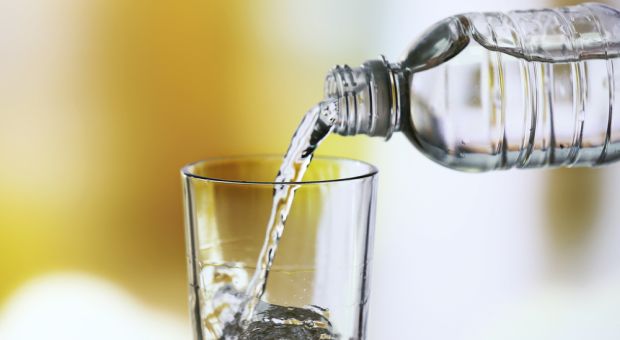
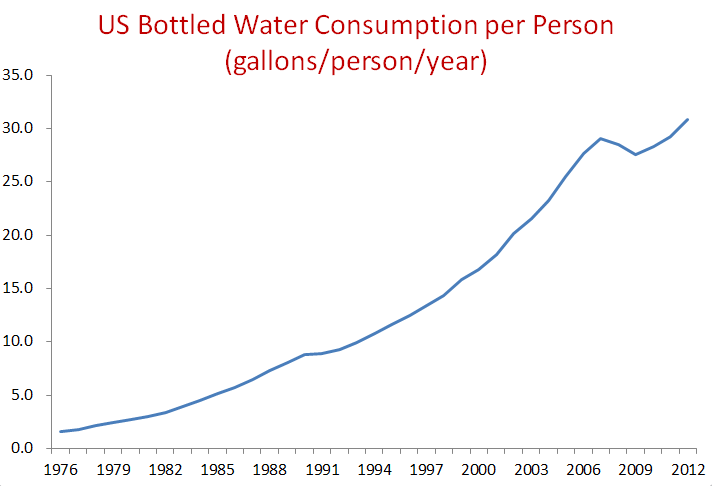
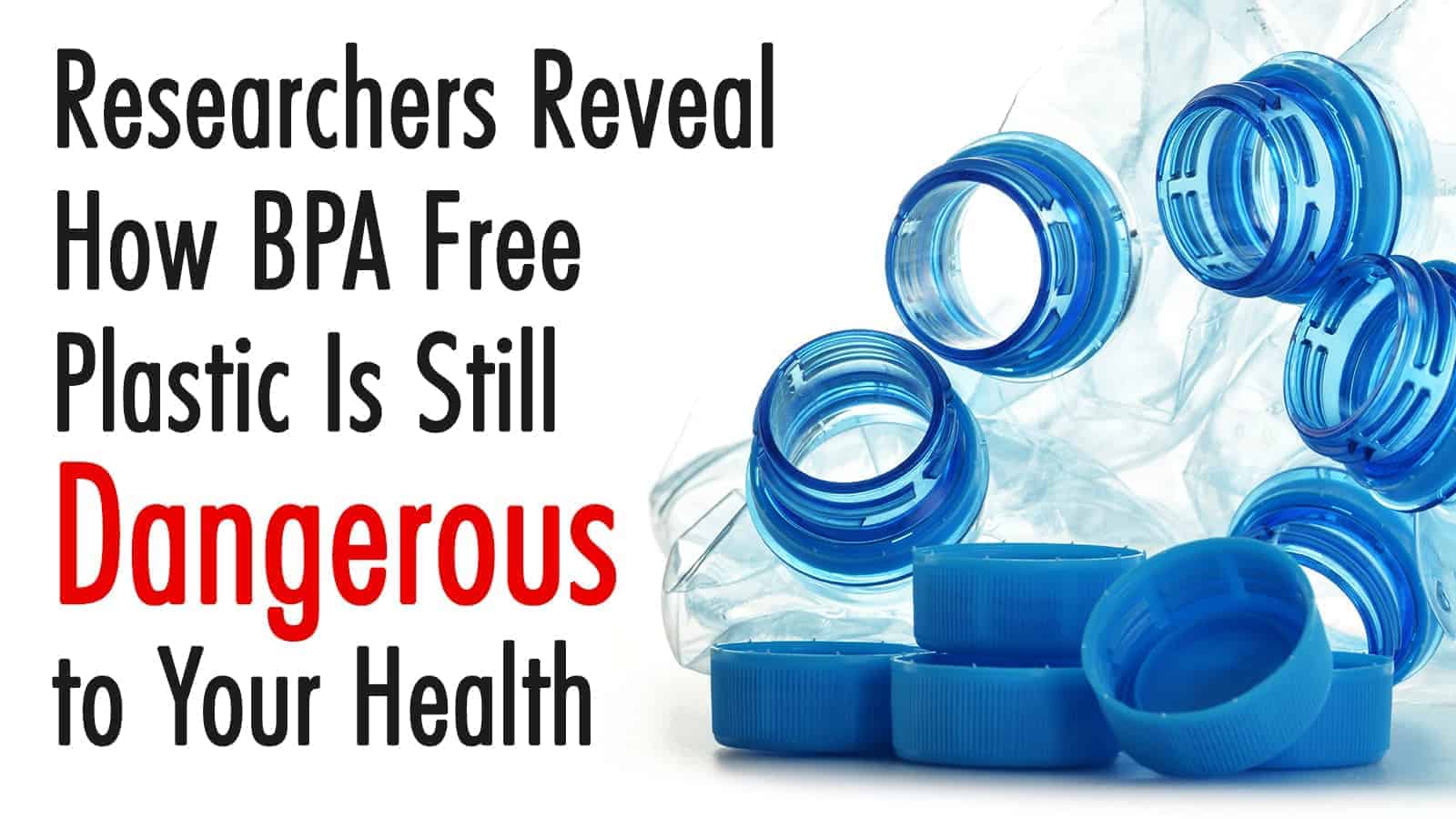

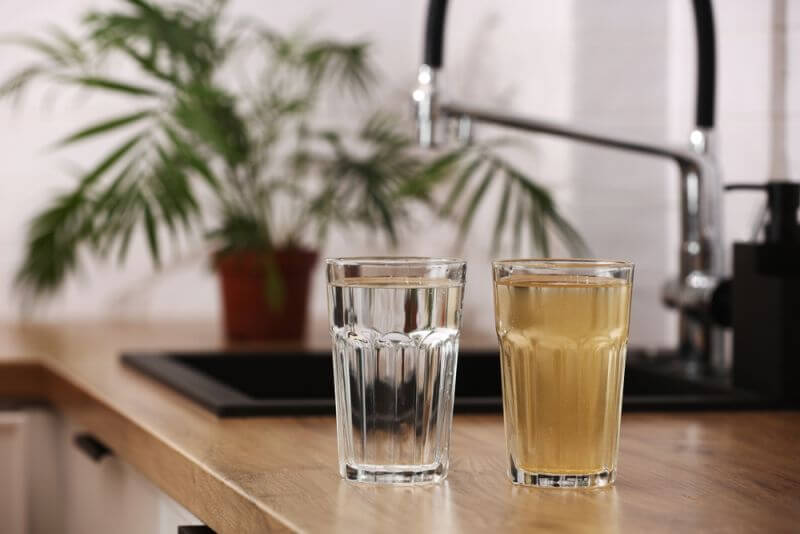
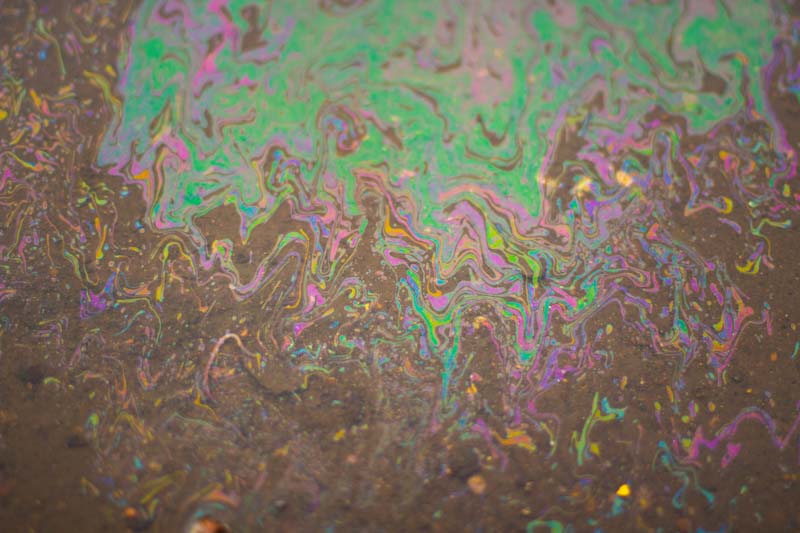
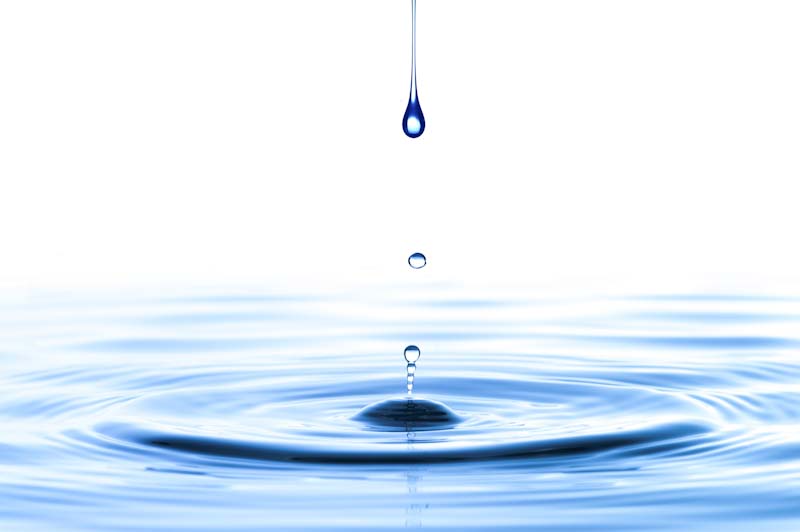
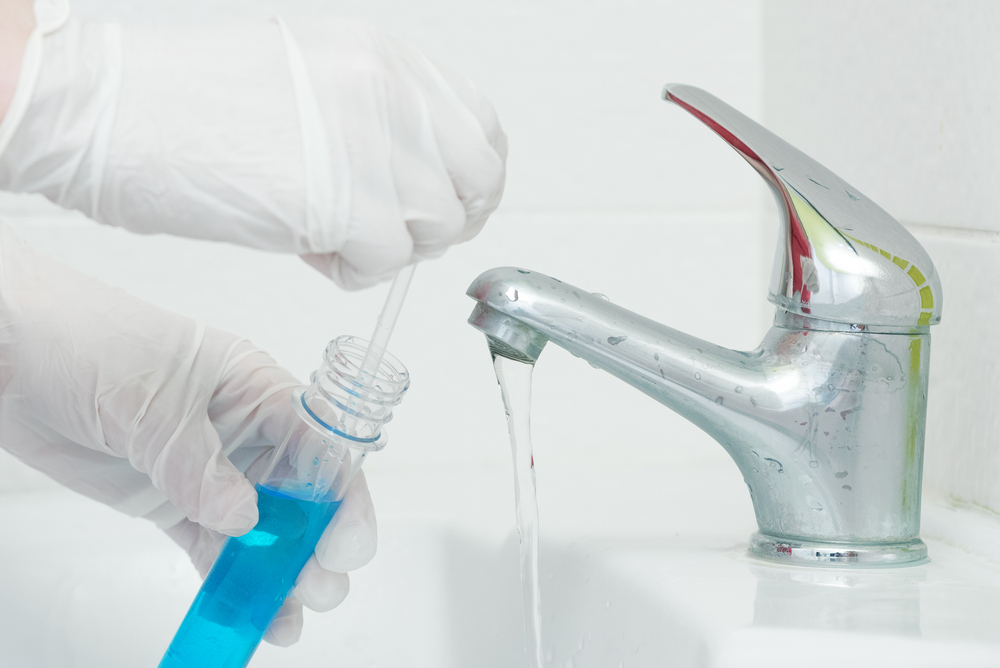

Dona Carter | May 6, 2019
|
So, please tell us the two bottled waters which are truer to their claims, PLEASE?
Stephen C Shea | June 25, 2019
|
Probably geruldsteiner (in glass). It’s both a spring based mineral water and stored in glass.
David Ryan | September 4, 2019
|
If so much spring water is being bottled why doesn’t the spring dry up?
Larry | November 3, 2019
|
There is a water treatment plant upstream Guess where the effluent from the treatment plant goes. The bottler runs the water past a few steel springs suspended in the flow of incoming water; thus: spring water … tada … it’s magic (or hocus pocus) for those with more dollars than sense.
Sentry | September 4, 2019
|
What about all those plastic containers used for long term water storage. i.e. aquatainers, water bricks, 55 gal barrels, rain barrels, igloo water coolers, etc. etc. ???
Sarah | November 22, 2019
|
My guess would be they are equally as bad, plastic is plastic, all made from petroleum products. Try stainless steel for water storage and then filter with a good quality filter before drinking/cooking/bathing. Yep, stainless steel costs more but lasts MUCH longer and survives a lot more adverse activity than plastic does.
Bill In Idaho | May 10, 2021
|
NO, Sarah. Plastic is created from crude oil, but the various processes are widely differing. Poly-xxxx plastics are noticeably safer, but they are not perfect. Glass is the safest (when completely sterilized). Some “CRES” steels (So-called stainless steels) have small constituent Alloys which are mildly toxic. ( I am a trained metallurgist ).
Jeriann I. King | September 4, 2019
|
Thank you for sharing all this information. I used to bicycle everywhere and always carried my bicycle water bottle w/ me….now there is stainless steel. Better than bottle water. Keep up the great work
Lucky | September 5, 2019
|
Would also like your thoughts on tap water which is fluoridated.
Jona Marie | December 3, 2019
|
all you need to know is here: http://flouridealert.org/
SkiptheBS | September 5, 2019
|
In my county of residence is a private label bottler. Their water source is a natural spring at the bottom of a hill from…wait for it…a cemetery.
No, I’m not making this up. One more reason that my BOB contains a 32 oz Nalgene with its top drilled for a permanent straw, also included.
Gary Sackman | November 3, 2019
|
Interesting article. I know the majority of “bottled” water is just refiltered city water. How well it is filtered, and to what degree no one knows. I used to work for a Biotech company and we had the distilled and 0.2 u filtered water for formulations. For critical applications, the water was “cleansed” through an in-line UV filter on it’s way to the sanitized formulation tank. People can buy the in-line UV filter for use in their homes. It is only 10″ long and has a inlet and outlet for sanitized tubing. Use 80% Ethanol for sanitizing all tubing and containers. The UV filter kills everything, just check the UV rating and it’s capabilities. I live in Northern Michigan and our best bottled water comes from natural springs. It is too bad they are bottled in the aforementioned plastic bottles.. Unfortunately the soft drink industry markets the majority of the bottled water, Just Read the Labels. The author of the article is correct about recommending the filter on your own faucet,to stop the problem at the beginning. “An ounce of prevention is worth a pound of cure”. I don’t have the information on the in-line UV filters. But with the internet, I am sure they will easy to find. They made our formulations safe for accurate research results in the medical research industry and will make your water about as clean as possible. Happy trails.
Scott Strong | February 17, 2020
|
I use a UV sterilizer in my saltwater aquarium. Everything Iv’e read and understand about them is they do a great job sterilizing bio contaminants (algae, pathogens, etc.) but don’t do much of anything with chemical contaminants.
Ric | November 22, 2019
|
What about home filter systems and RO bought from the store by the gallon? I have used a Berkey for years, need to replace my filters, and currently buying RO water by the gallon from local stores. I know a Brita filter is just a bit better than running your water through and old sock but other home systems are rated much better, RO and Berkey with the heavy metal filter being highly rated.
Sandy | November 22, 2019
|
I also buy RO and store it for several weeks (at most) in plastic sterilized gallon milk containers. And like Ric am wondering if I’m doing the best for my family?
Zippy | January 13, 2020
|
Wait a minute…how do you sterilize your containers?? If you use boiling water, wouldn’t that release the toxins in the plastic? I’ve always read NOT to use containers that previously held milk.
Deborah | February 14, 2020
|
Probably sterilized with chlorine.
Bev Sansum | February 14, 2020
|
I’d use plain old brown-bottle peroxide. In fact , peroxide is good for you! about everything..An Ounce of Hydrogen Peroxide is Worth a Pound of Cure.
You can drink a few droos of it diluted in good water, too. But visit EarthClinic.com to get the skinny. (Earth Clinic is a great resource for natural cures of all kinds and where folks post their various experiences.)
Some people use the Brown bottle peroxide and some buy the Food Grade 3% peroxide.
Scott | May 10, 2021
|
Be careful on Hydrogen Peroxide, there is food grade and not. Most cheap Peroxide can have heavy metals in it.
Joginder Singh | November 23, 2019
|
Bottled water is good for you as your TV says so. Never trust a food stuff that has a TV advert. Especially bottled water sold in plastic bottles
Bill in Idaho | November 23, 2019
|
The bottled water Labeled and sold by our local Maverick convenience stores is from springs in the Wasatch Mtns. in Utah. I do not know for sure but I Believe that the bottles are made from HDPE – High-density Poly-Ethylene.
Jona Marie | December 3, 2019
|
Great article!! I use a Big Berkey water filtration with the “Earth Filters”. BEST PURCHASE ever… I used to spend hundreds a month on Fiji water. A case a week!! I wanted to reduce my carbon foot print and also stop trusting that plastic was safe.. T
Gordon | December 20, 2019
|
I am fortunate to have a 220 foot deep well, in a sparsely populated area, and a mountain uphill from me.
I fill up 6 gallon polypropylene water jerry cans, and give it to a couple of my best friends.
It’s sad to see so many people drinking from those clear, disposable bottles, when they would be better off drinking tap water.
I bought years ago a Sigg stainless water bottle for drinking (water) and driving. Then it turned out they were recalled, because the inside was lined with BPE! WTF?
If you are in my neighborhood, bring your jug, and have some well water to go!
Zippy | January 13, 2020
|
Hey Gordon, we also have a deep well and I’m trying to figure out the cheapest way to bring up that water if there is ever an EMP and our power goes out. A solar guy at the Sunbelt Agricultural Expo we go to every year said he could do it for about 10k which I thought was BS. Any ideas?
Gordon | February 14, 2020
|
HI Zippy, the only practical thing I can think of would be to use a generator, and store as much gasoline as you can.
Not like the olden days and a shallow well with a bucket you can crank up. Got to have that electricity!
Otherwise you have to do without that well water,
Collecting dew from the air might get you a few sips, or boiling water from a stream might do.
Water, water, everywhere, but so little is safe to drink!
Michael Ledwidge | August 6, 2020
|
Wow , 2 out of 188, I new it was bad but not that bad, we drink distilled water and our well water the using our test kits is 165 parts per million, were not sure of what but it’s from D G, and we’re in the Alpine Forest of Kern County Ca. On 44 acres at 5679 ft. My mom’s tap water in Mojave Ca. Is 395 parts per million and the neighbors doing next to us is 215 parts per million, Mom’s water when we do the test with the electrodes in the glass of her tap water gets a little later of this black tar looking stuff where the distilled be does nothing
Sandy | November 2, 2020
|
Dehumidifier will give you good water to drink.
C. S. | December 20, 2019
|
Appreciate the information in this article, and the many comments. Thank you for sharing your hard-earned research.
Years ago I started using Brita. Then, a couple years back, I started using Aquagear. Unfortunately, the pitcher and the whole system is plastic. At the bottom of the pitcher is a “7.” At this time I can not afford the more expensive water filtration systems. I fill up a glass bottle with the water when traveling.
From looking at the graph posted, I don’t doubt the serious ramifications of the exploding use of plastics and what is happening to our young and old.
Note: I bought the original Aquagear from Amazon, I now go direct. I will no longer support Amazon, or WalMart for that matter. My choosing.
Grant | December 20, 2019
|
How about re using the plastic water bottles (for the convenience sake)? Are the plastics still leached into the water?
Will | December 24, 2019
|
ALUMINUM CANS HAVE BPA – Aluminum cans are not safe either. Remember the beer commercial that claimed to have “specialty lined cans” that kept their product fresh. Well, the industry joke was that all cans are lined, this company just decided to highlight it in their advertising. The special lining in PLASTIC.
Zippy | January 13, 2020
|
Maybe the best thing to do is save and sterilize glass bottles, then fill them with water purified with a Berkey or Alexapure?
Deborah | February 14, 2020
|
I don’t buy bottled water. I take my water in a Yeti-like cup. It goes with me everywhere. I have two small ones and switch them out. I do drink mostly water. Caffeine isn’t good for me. To switch thing up, I put a couple of slices of cucumber or a wedge of lemon in my water. But I usually drink plain water with ice. I need to start drinking a glass of water with apple cider vinegar (with the mother) and honey again. I like the taste of it.
Lyn | February 14, 2020
|
After years of getting spring water delivered to the house, price has increased to the point where we have had enough. Recently bought Alexapure Pro water filtration system. It is wonderful and best spent money. Gallons of pure water without chlorine, fluoride.etc.
Deborah | May 5, 2020
|
I don’t drink bottled water. I used to, but bought myself a stainless steel double walled glass. I use it for my water. It’s 20 Oz and I drink about 3 of them, with ice, every day.
Emory Liggett | May 5, 2020
|
Amazon sells a home version of a still by different manufactures, for $100-300 bucks. You can make spirits, wine or even drinking water. You could then filter it in an off the shelf water filter for $30.00 bucks. you can make hundreds of gallons cheep. What’s wrong with that? Start with tap water or spring water, even well water. I’m skeptical of well water. I’ve been to many pollution sites wells get polluted easily.
Kevin S | May 5, 2020
|
With the BPA in plastic bottles being so prevalent today, is it possible that could explain the “soy-boy” behavior so prevalent in young men these days? Look at how effeminate mannerisms are so widespread among our young men now, and even a significant increase in homosexuality is obvious.
Deborah J | August 6, 2020
|
I don’t buy bottled water. I have a stainless steel insulated cup that I put my 5-ways filtered water in. It’s the only water I drink. And I drink about 64 ounces daily. With chronic kidney disease, I have to watch what I drink. We put the 5-way filter in the kitchen especially for water to drink. Our unfiltered water was eating up our brass in our toilet tank. Not good for us to be drinking.
Michael A. | November 2, 2020
|
it would be really cool if you give citation to the source of the said study in your quote.
it’s a nice article tho.
William Robinson | May 10, 2021
|
So if water in plastic bottles is so bad for us, I can only imagine how horrible the sodas in plastic bottle are for us. The sodas alone are not good for us. I use to work for a camp ran by Clemson University called Camp Teaching KATE(Kids About The Environment). To show them how acidic Coca-Cola was we would take a pound of hamburger meat and place it in a pot. Then we would pour 2 liters of Coca-Cola in the pot and leave it overnight. The next day when we examined the hamburger meat it would be fried through and through. If it does this to hamburger meat how dan it possibly be any good for the human body. Of coarse our stomachs are designed to handle a certain level of acid but drinking too much of these carbonated colas can cause serious conditions as they eat the lining of the stomach. Now, in addition to the acidic cola being so bad, we really have to consider the breakdown of the plastic bottles these drinks are stored in. If the plastic breaks down in plain water, imagine how bad it breaks down in soda that has an acidic level high enough to fry a pound of hamburger meat, or eat rust off of a bumper. I wonder if anyone has done experiments to see what these chemical levels are carbonated soft drinks in plastic bottles.